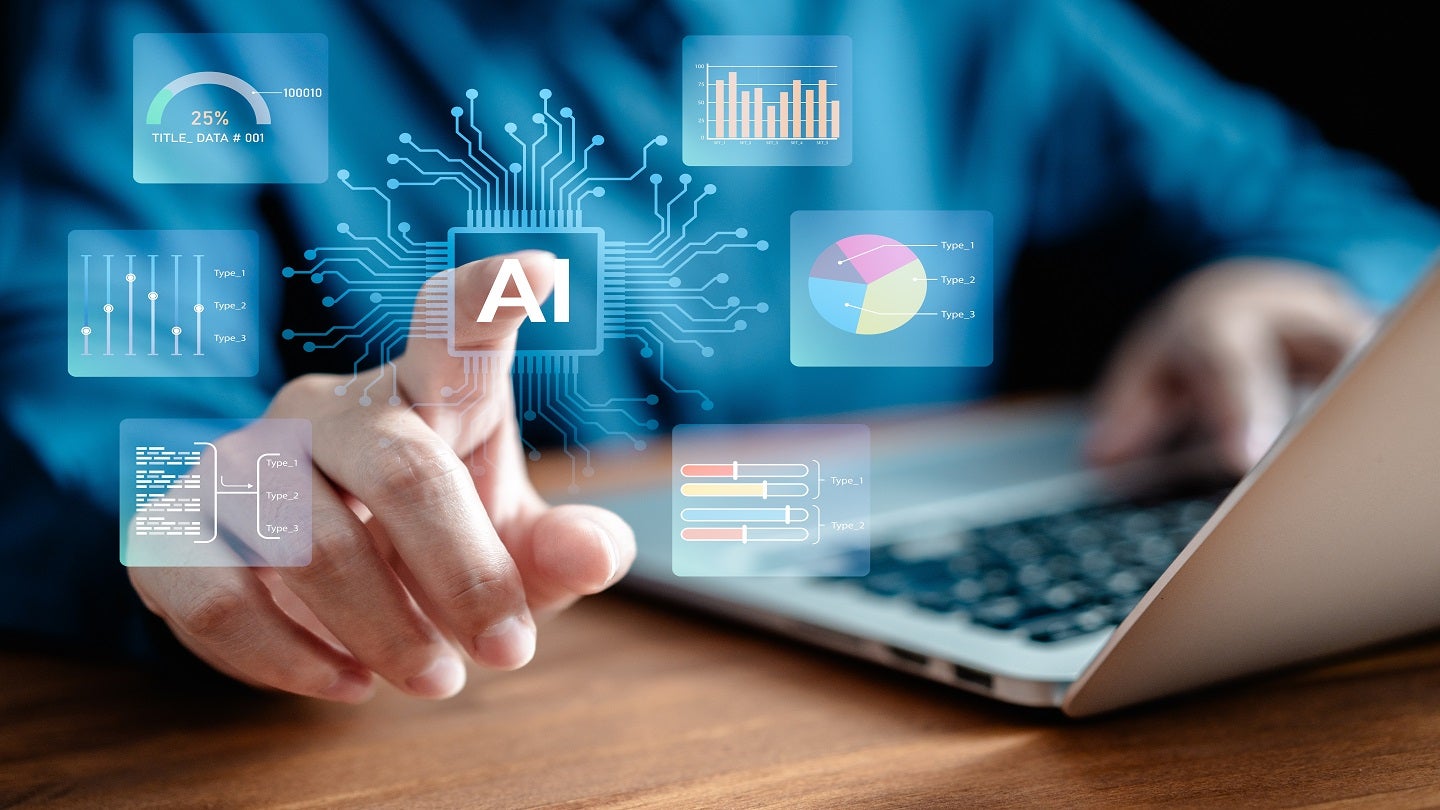Daniel Foelber, The Motley Fool
Mon, Apr 28, 2025, 8:00 AM 8 min read
In This Article:
Investors have been on such a turbulent roller coaster that it's easy to forget that the S&P 500 (SNPINDEX: ^GSPC) was up slightly through the first two months of the year.
With April coming to a close and the major indexes firmly in the red, investors may be wondering how long volatility will last, and if now is a good time to buy stocks or run for the exits.
Where to invest $1,000 right now? Our analyst team just revealed what they believe are the 10 best stocks to buy right now. Continue »
Here are five lessons I've learned from major sell-offs over the last seven years, and how these lessons can help you navigate market uncertainty.
No one knows when the market will go down or why. But we do know that the circumstances that lead to a sell-off are never truly the same.
Through the first three quarters of 2018, the S&P 500 was pretty much flat. But in the fourth quarter, it began selling off due to U.S. President Donald Trump's trade war with China in his first term. The sell-off intensified, and the index was down around 20% year to date on Christmas Eve before staging an epic recovery, ending the year down just 6.2%.
The index then shot up a staggering 7.9% in January 2019 to make up for all the Q4 losses. If you hadn't checked your portfolio for four months, it would've looked like nothing had happened.
The March 2020 pandemic-induced sell-off was a true flash crash -- amplified by the instantaneous spread of news, sophistication of modern markets, and fear. As mandates took effect and vaccines progressed, sentiment shifted from panic to viewing the pandemic as a temporary phenomenon.
After rallying a staggering 47.5% between the start of 2020 and the end of 2021, the S&P 500 fell 19.4% in 2022. The sell-off was driven by valuation concerns, rampant inflation, and supply chain challenges. 2022 was a fairly reasonable sell-off in hindsight. Cooling inflation and resilient earnings growth set the stage for another epic two-year rally in 2023 and 2024, in which the S&P 500 gained 53.2%, driven by excitement for growth trends like artificial intelligence.
As in 2018, the 2025 sell-off has been a rapid pullback in response to geopolitical tensions and tariffs. Only this time, the Federal Reserve is in a completely different position. The Federal Reserve was raising interest rates into the fall of 2018, which fueled the subsequent sell-off. Then, Fed Chair Jerome Powell reversed course and cut rates in the summer of 2019, marking the Fed's first rate reduction since 2008.
.png)
 German (DE)
German (DE)  English (US)
English (US)  Spanish (ES)
Spanish (ES)  French (FR)
French (FR)  Hindi (IN)
Hindi (IN)  Italian (IT)
Italian (IT)  Russian (RU)
Russian (RU) 






Comments